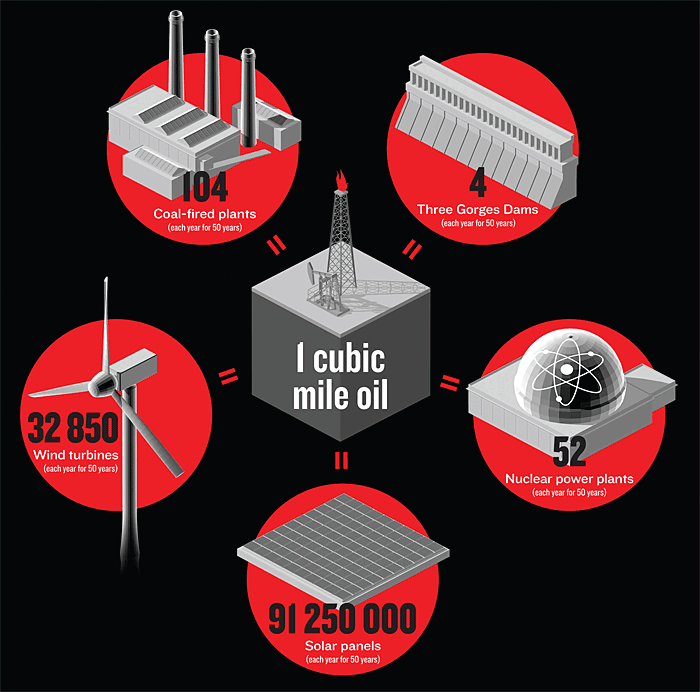Evidence for New particle physics model
Evidence for particles beyond the standard model of physics The Next-to-minimal supersymmetric standard model seems to fit the data that has been found. We will not know for sure until about 2009 when enough data has been gathered by the new Large Hadron Collider (LHC) that start this year. Although He and colleagues showed in …


